

“To those with a less musical ear, the clip-clop of horse’s hooves, the vibration of a gasoline engine and squeak of a water pump are just the simple noises of farm life.
But to the young Dave Brubeck, they were not just the sounds that broke up the monotony of growing up on a ranch – they were the rhythmic building blocks that would form the foundation for some of his most famous jazz tunes."
REDISCOVERING DAVE BRUBECK Documentary Film by Hendrick Smith, Broadcast by PBS
Fifteen years ago, the father and son composers Dave Brubeck and Chris Brubeck collaborated on the Grammy-award nominated orchestral work, “Ansel Adams: America,” a twenty minute aural and visual celebration of the American landscape as captured by the famed photographer Ansel Adams. Originally commissioned by a group of seven orchestras across the country, it has since gone on to be performed more than fifty times in the U.S. and Europe.
Dave Brubeck passed away in 2012, but his son Chris will draw inspiration from Dave’s ____ to create a new orchestral work – Rhythms of the Range – which will cast the spotlight on the ranches and rangeland of the American West.
A working cowboy from the age of 13, Brubeck used some of those memories in a series of short pieces called Reminiscences of Cattle Country, in which he included “Ode to a Cowboy”, “Round Up”, “Christmas at the Ranch”, and many others.
These ranch-influenced pieces were written early in his musical career, when Dave was studying with the French composer Darius Milhaud. Milhaud encouraged Dave to focus on an American jazz sound and style rather than try to compose European-influenced symphonic works. As a result, even Dave Brubeck’s symphonies have a recognizable Brubeck sound.
Rhythms of the Range provides a unique opportunity to engage two worlds that don’t often intersect – Western ranch life and a symphonic experience – and brings the Brubeck sound back to where it began, on the open range.

"..as a teenager, riding horseback on the 45,000-acre ranch that his Dad managed, Brubeck would listen to the rhythmic clip-clop of the horse's hooves and try to think of other beats to play against it in his mind. 'Now the horse may be keeping one rhythm for you. And then you start another one and then think in another one,' Dave explains 'And then you try to think of another rhythm against those. It gets very hard and very challenging, but you have nothing to do - you might as well try things like that.”
REDISCOVERING DAVE BRUBECK Documentary Film by Hendrick Smith, Broadcast by PBS

Placeholder
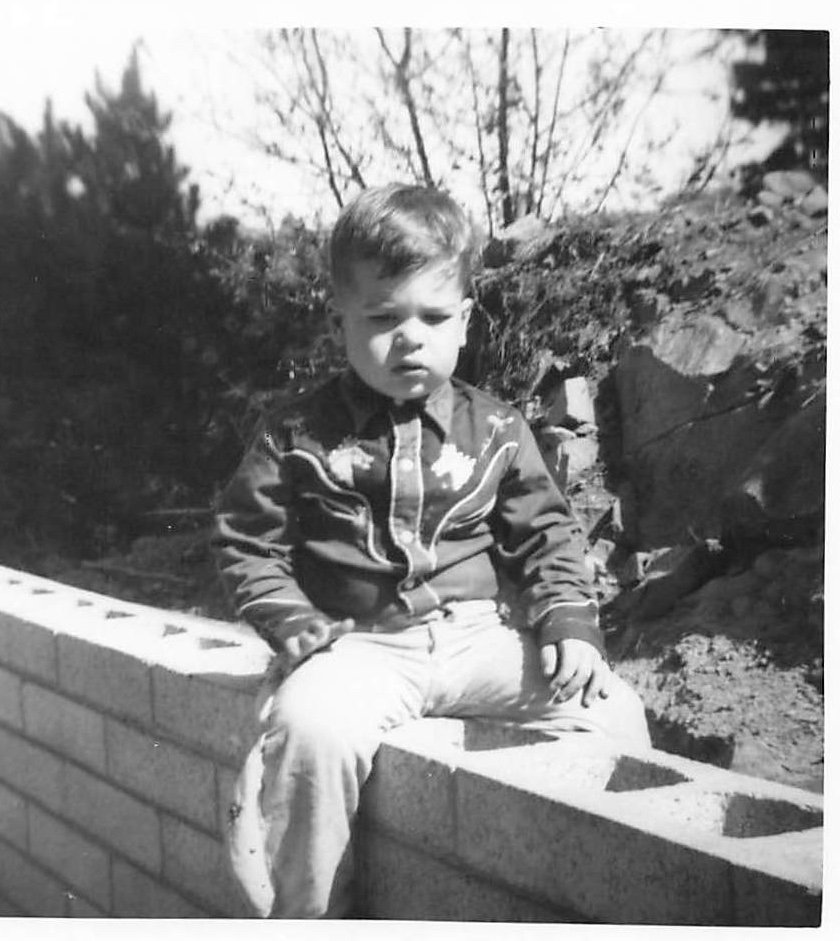
Placeholder
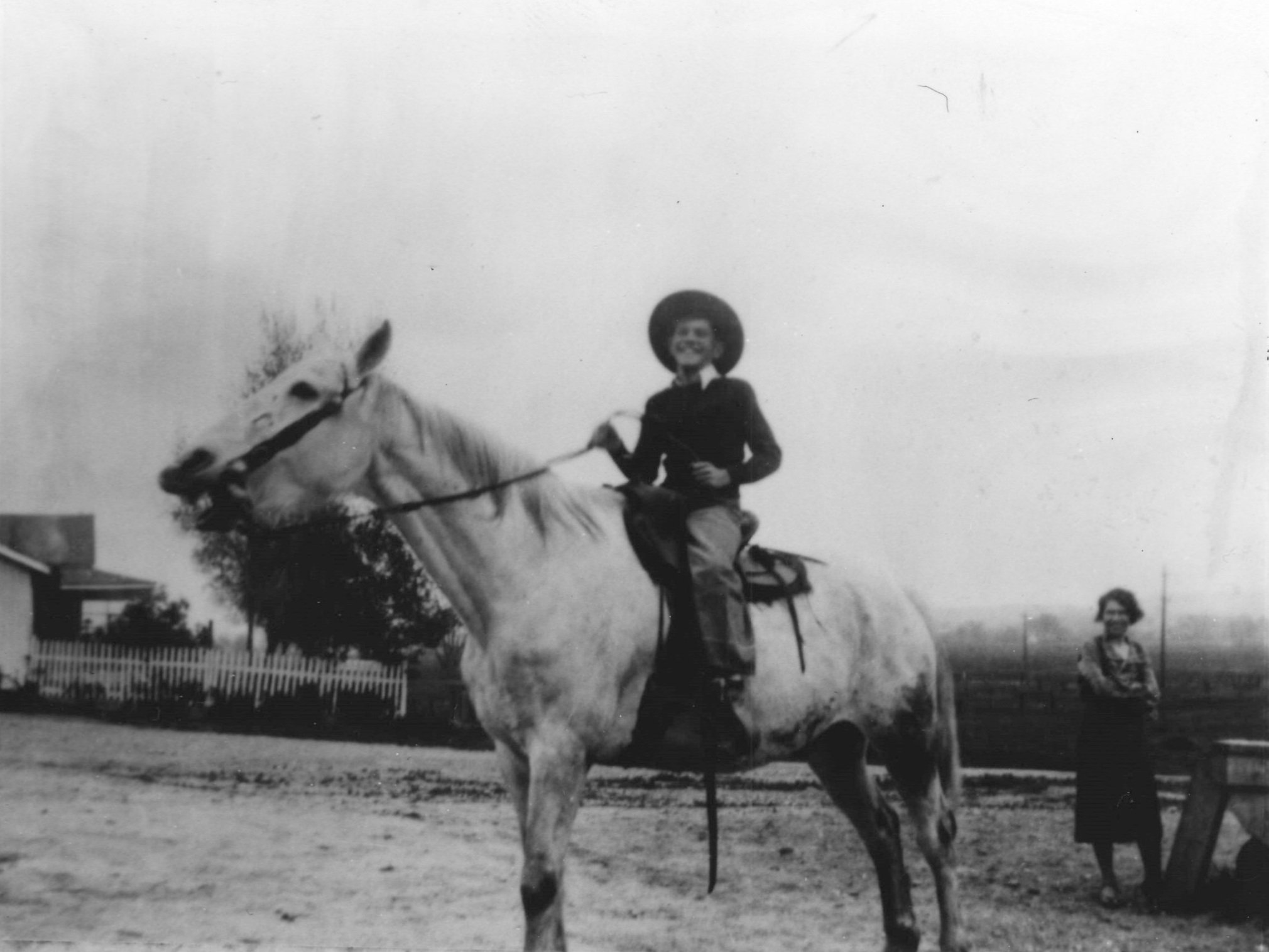
Placeholder
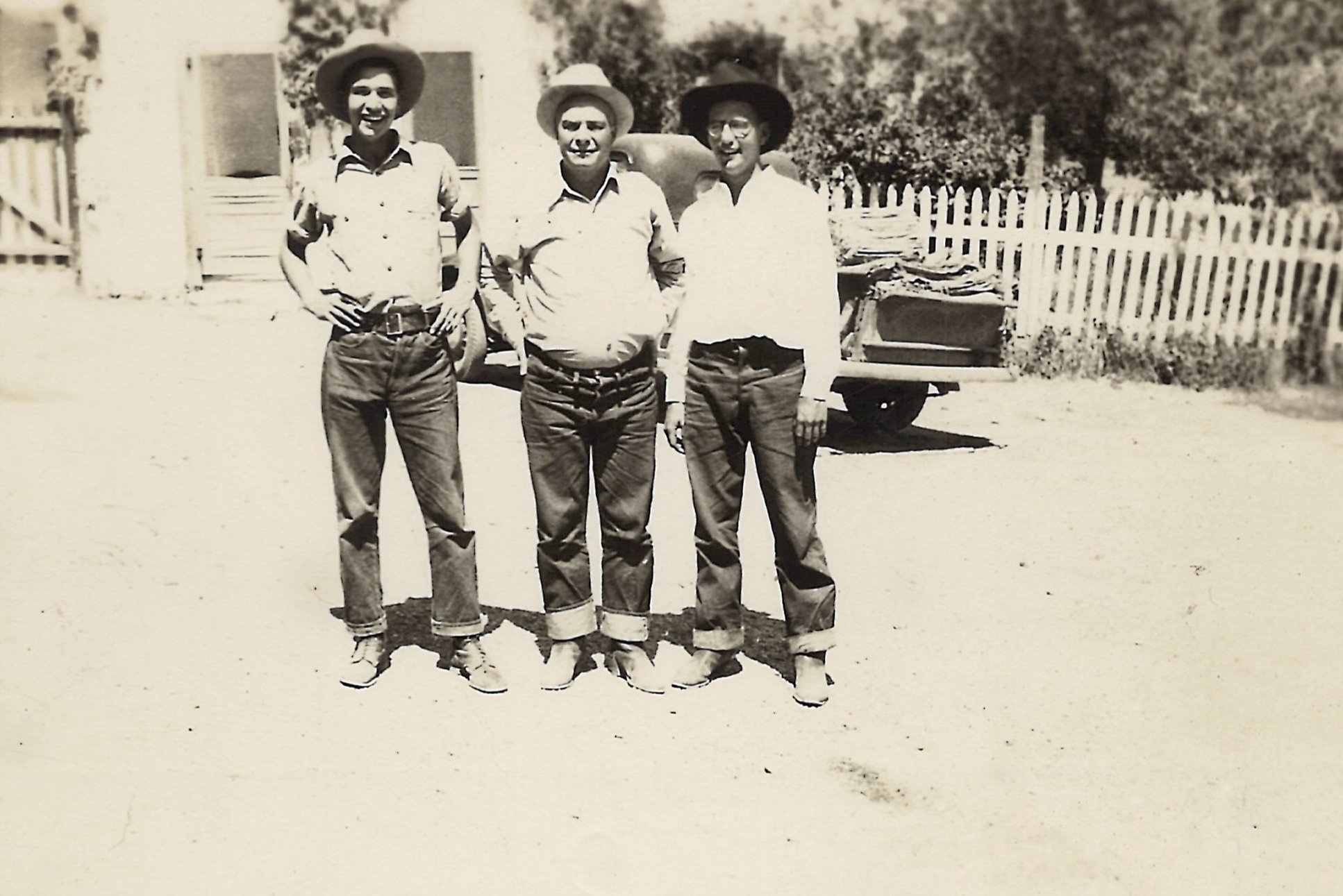
Placeholder
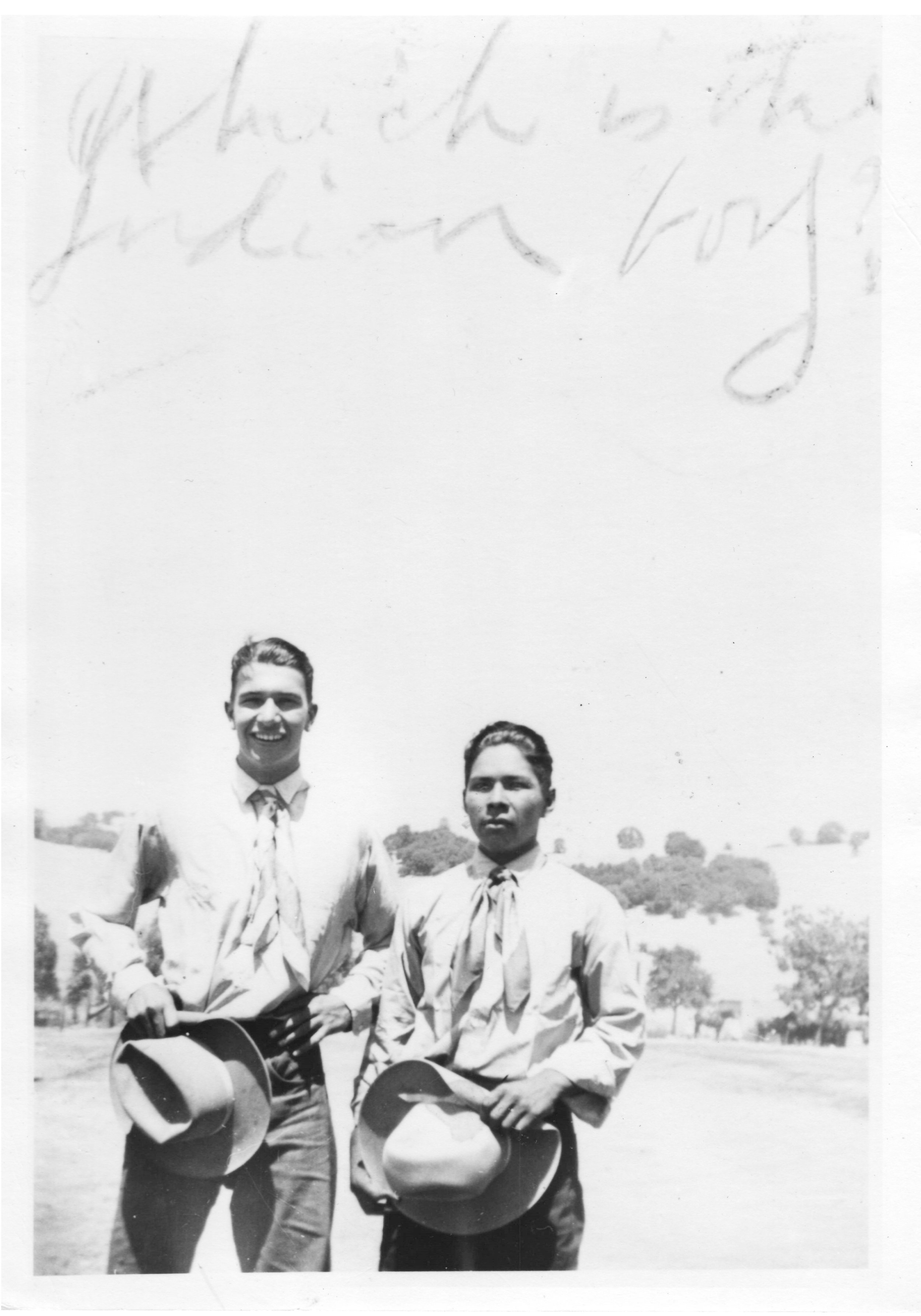
Placeholder
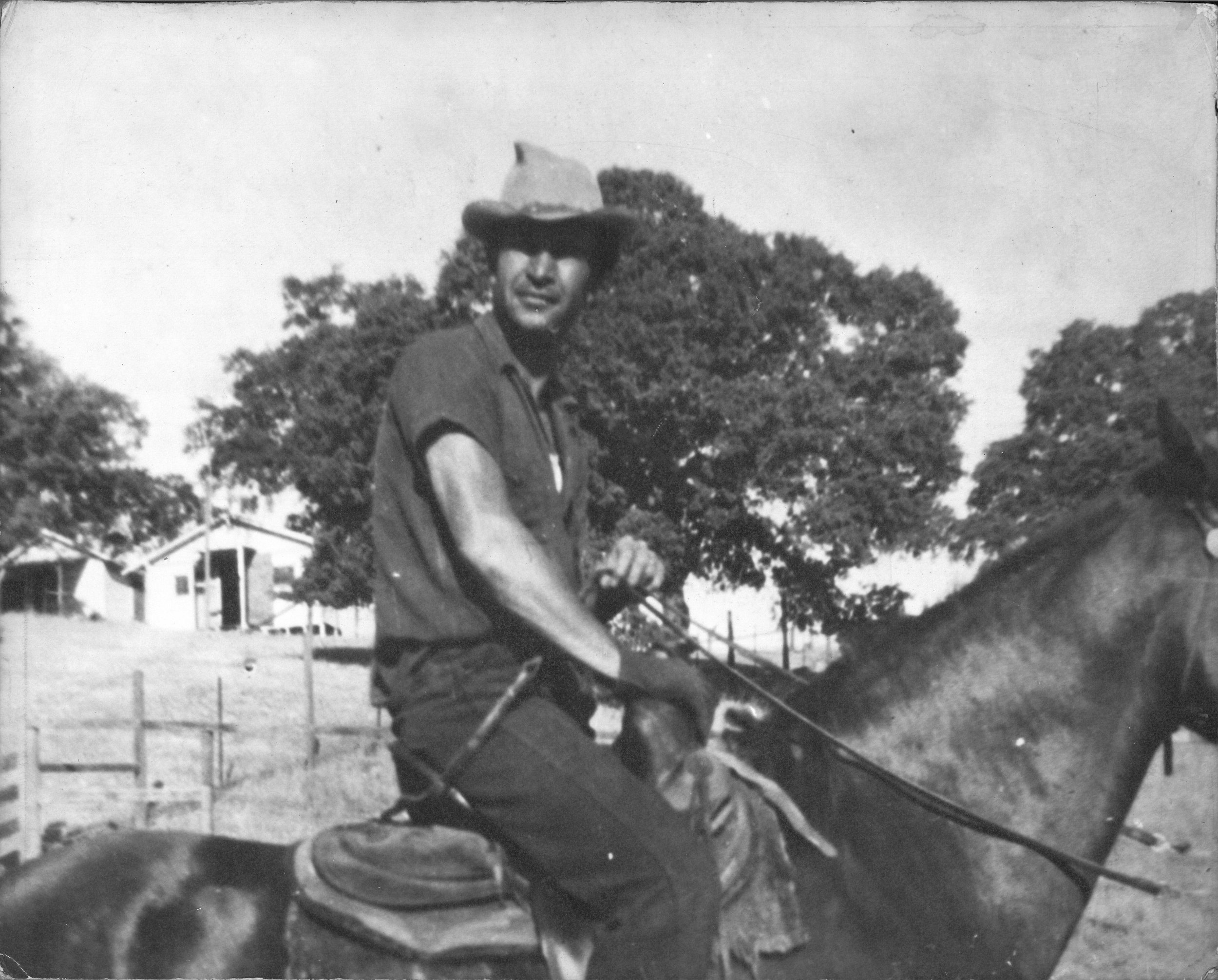
Placeholder
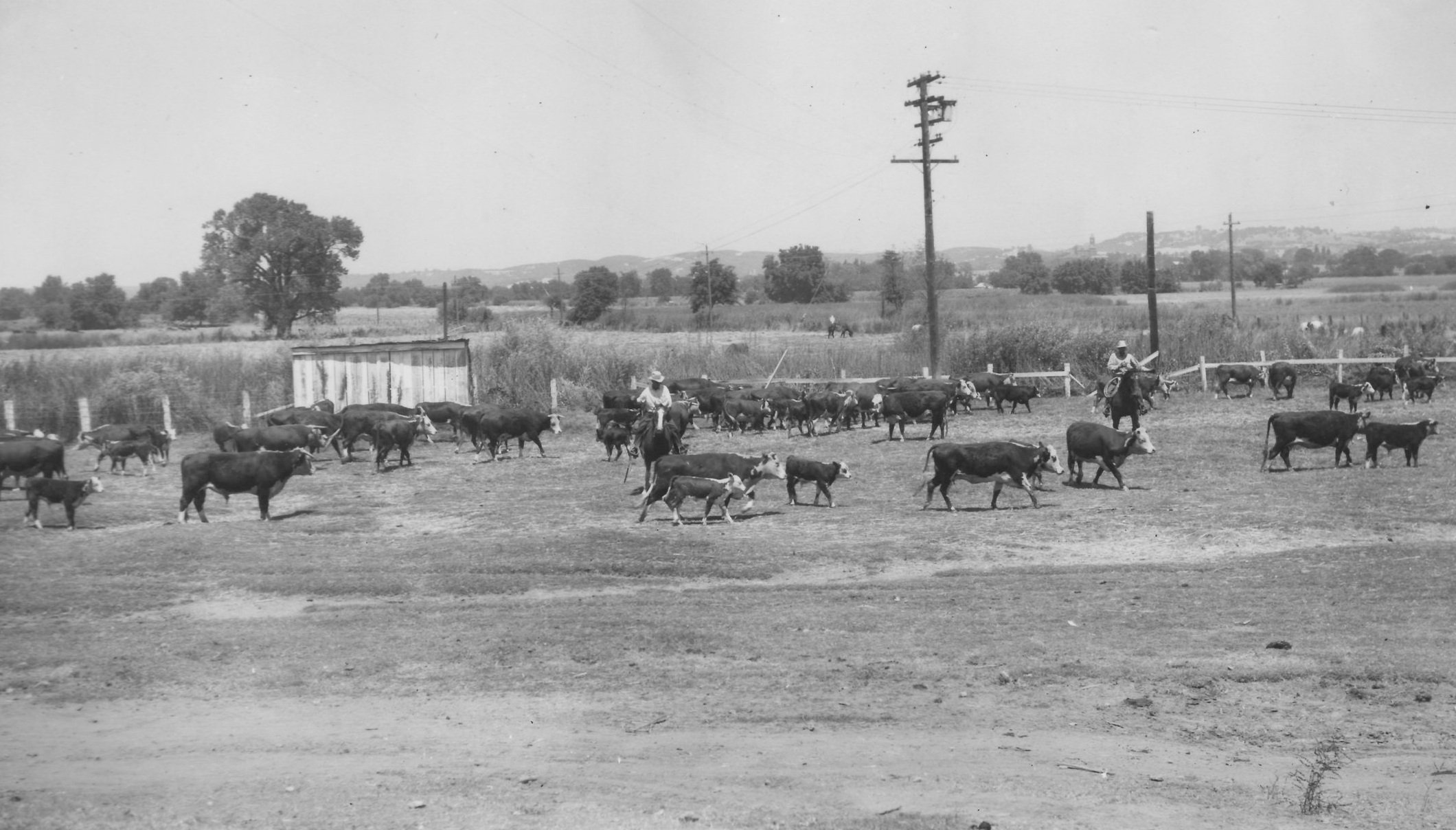
Placeholder
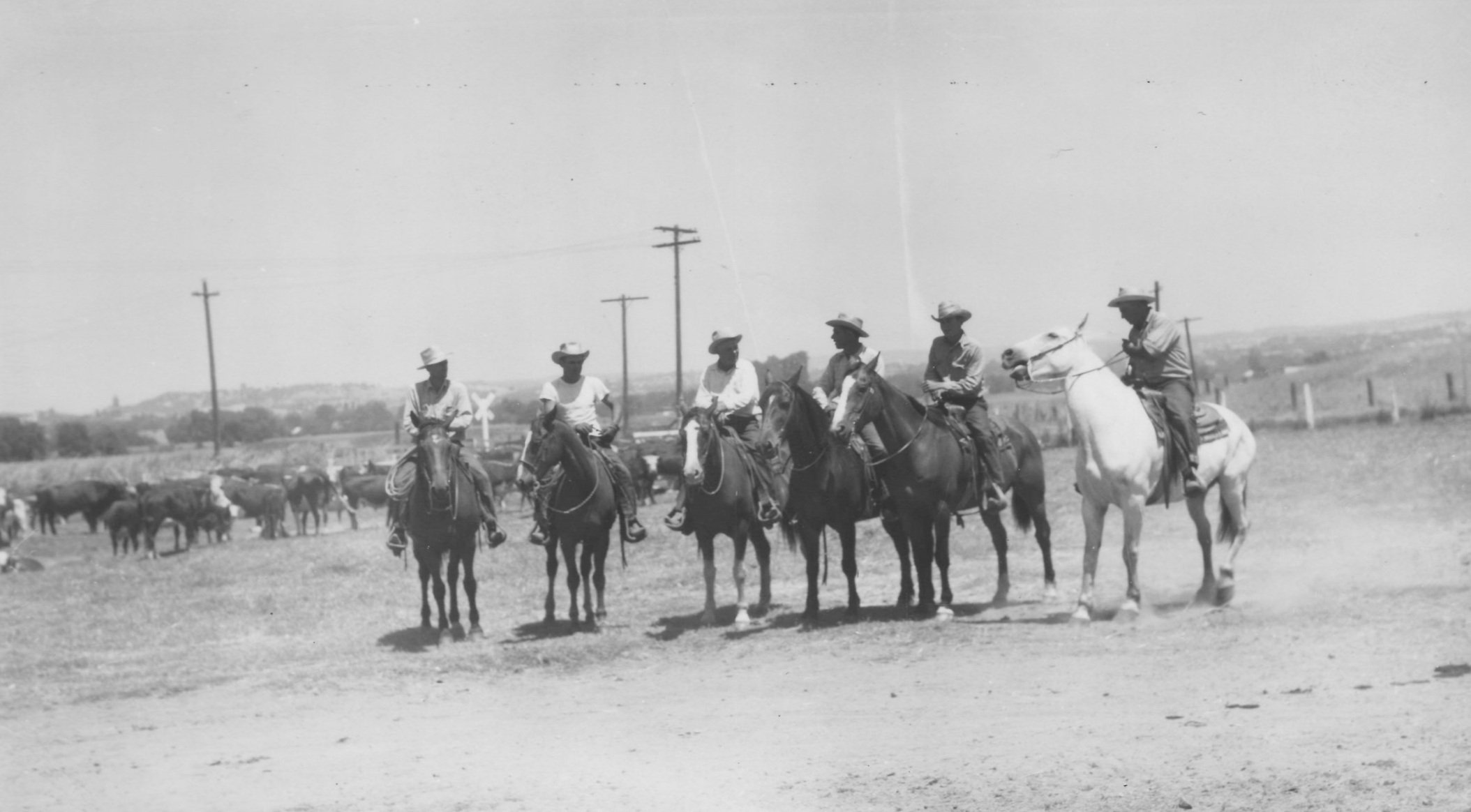
Placeholder
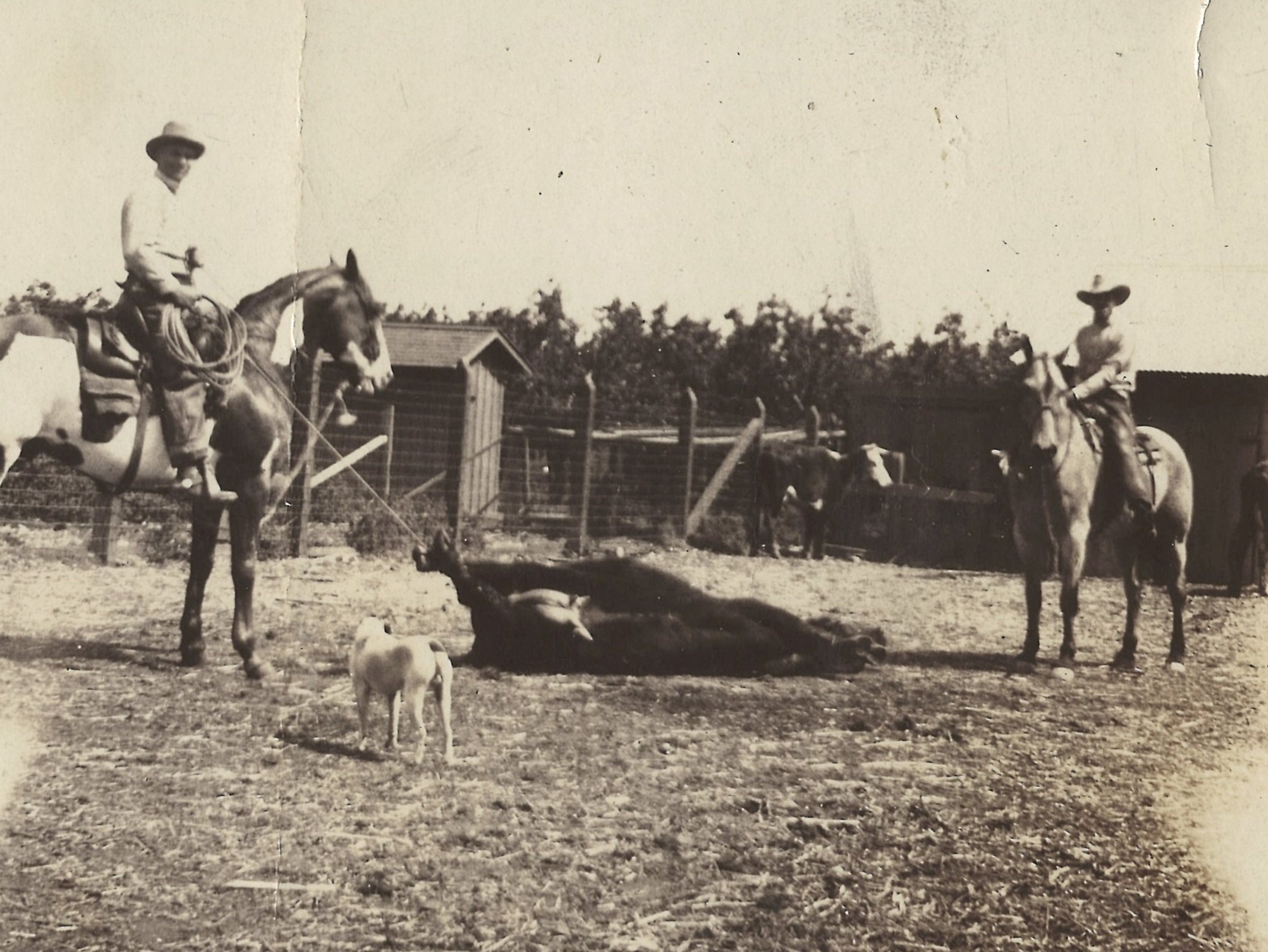
Placeholder
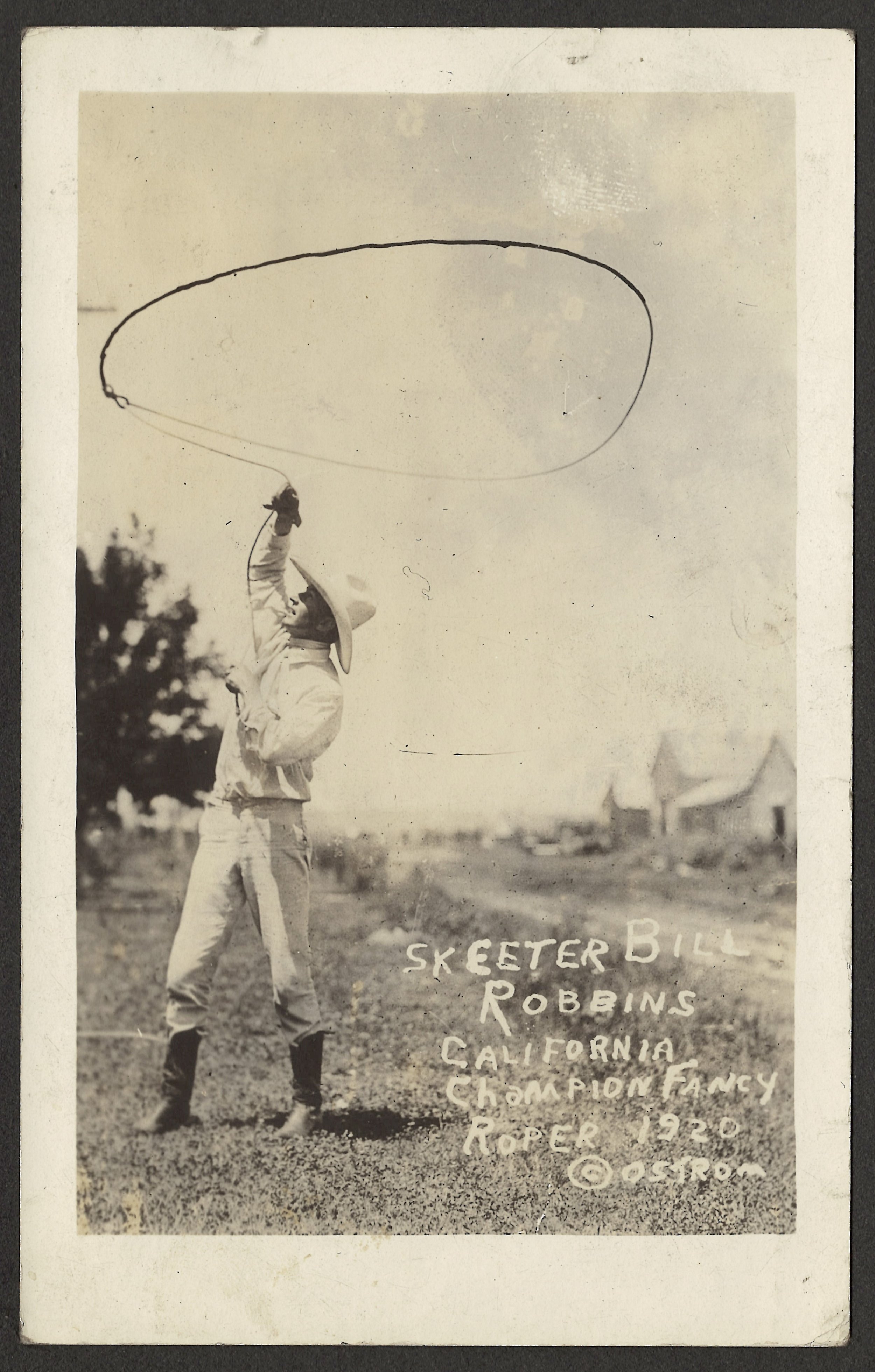
Placeholder

Placeholder

Placeholder
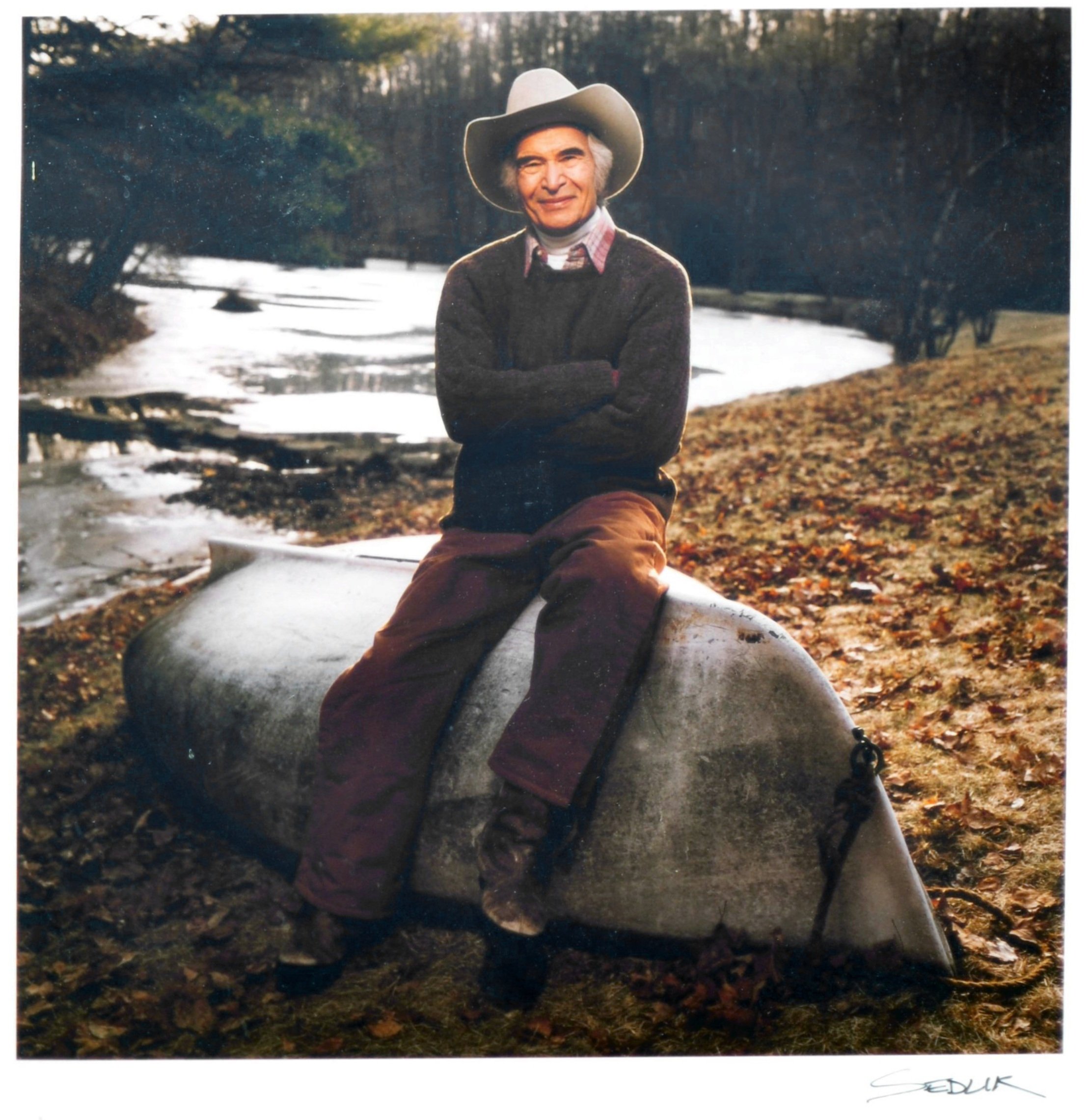
Placeholder

Placeholder

Placeholder

Placeholder
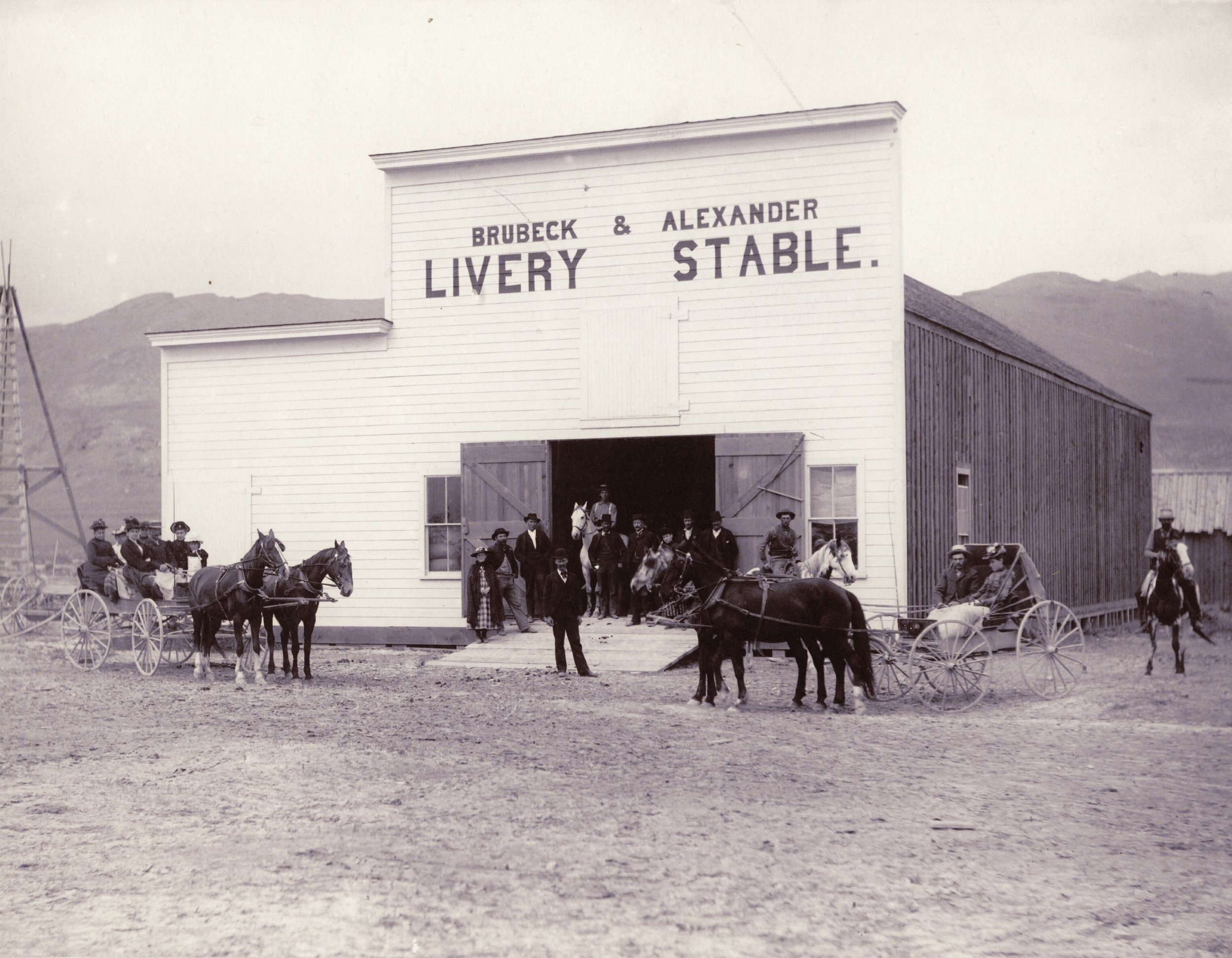
Placeholder
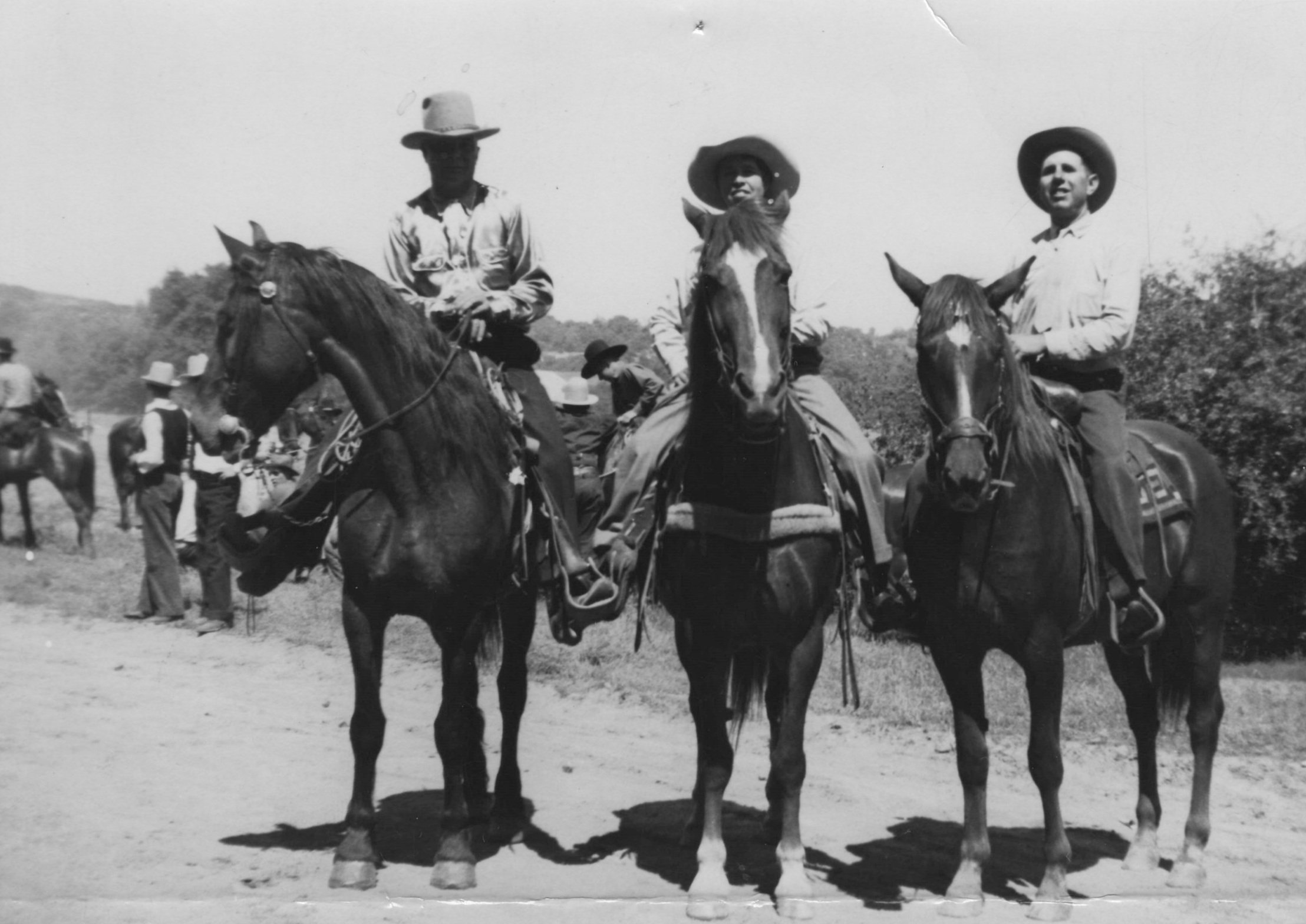
Placeholder



